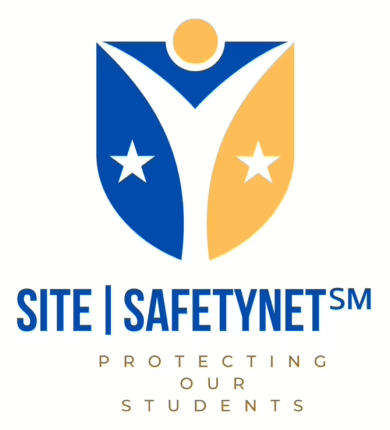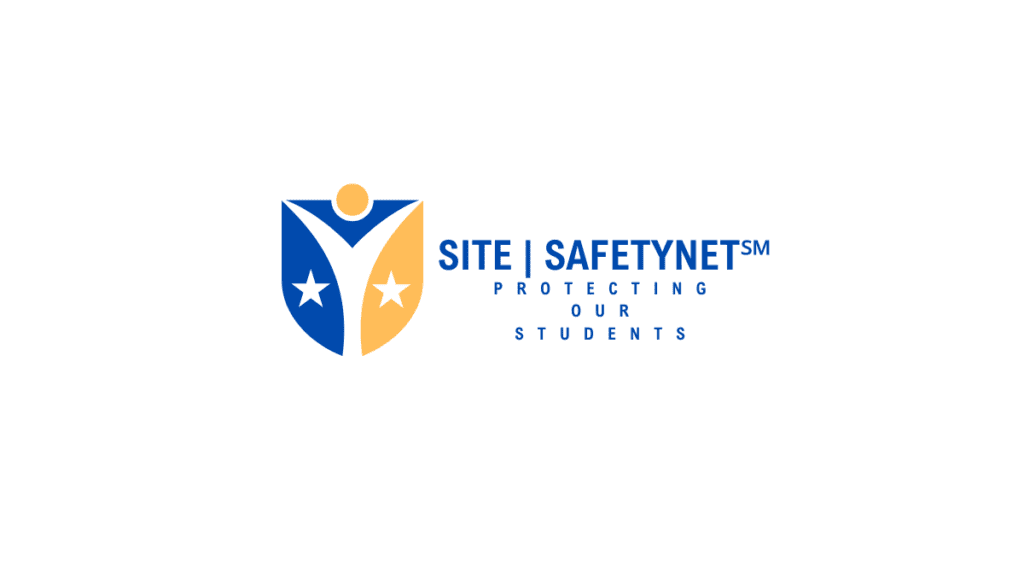In recent years, a troubling trend has emerged in the media’s coverage of school shootings. Despite ongoing incidents of gun violence in educational institutions across the United States, such as the recent tragedy at Perry High School, these events are receiving less attention from mainstream media outlets. This phenomenon, often called a ‘media blackout,’ poses a significant concern for public awareness and safety. At Protecting Our Students, Inc., we believe it is imperative to shed light on this issue, ensuring that the public remains informed and vigilant.
Understanding the Media Blackout
The term ‘media blackout’ refers to the noticeable decrease in reporting on school shootings. This does not imply a complete absence of coverage but rather a shift in the media landscape where such incidents do not receive the extensive, in-depth attention they once did. This could be attributed to various factors, including ‘news fatigue’ among the audience, editorial decisions prioritizing other news stories, or a desensitization to gun violence in schools.
The Reality of School Shootings
Despite the reduced media spotlight, the reality remains stark and alarming. School shootings continue to pose a grave threat to the safety and well-being of students and educators nationwide. For instance, the recent incident at Perry High School is a stark reminder that the crisis of gun violence in educational settings persists. These events are not isolated incidents but part of a larger pattern that needs continuous attention and action.
Impact of Underreporting
The lack of consistent media coverage of school shootings has multiple consequences:
- Public Awareness: Reduced reporting leads to lower public awareness. Without regular media coverage, the public may not be fully informed about the frequency and severity of these incidents.
- Policy and Prevention: Media coverage shapes public opinion and policy. A decrease in reporting can lead to less pressure on policymakers to take action, potentially hindering the development of effective safety measures and gun control policies.
- Community Support: Media attention often brings together communities in support of affected families and schools. Reduced coverage can lead to a lack of communal support and resources for those impacted by these tragedies.
Aligning with SITE|SAFETYNET℠
Protecting Our Students, Inc. is aligned with SITE|SAFETYNET℠ in our commitment to combat this trend. This platform provides comprehensive safety and vulnerability assessments, crucial for updating school safety initiatives. We urge educational institutions and law enforcement agencies to visit sitesafetynet.org to access these resources and implement the necessary safety apps. Our collaboration aims to enhance the security infrastructure in schools and ensure a proactive approach to student safety.
What Can Be Done?
Here are some steps we can take to address this issue:
- Local Engagement: Encourage local media outlets to report on school safety issues and shootings. Community newspapers and radio stations can be pivotal in keeping these issues at the forefront.
- Digital Platforms: Utilize social media and digital platforms to disseminate information. Blogs, social media posts, and online campaigns can help fill the gaps left by traditional media.
- Collaboration with Schools and Law Enforcement: Work closely with educational institutions and law enforcement agencies to ensure swift and transparent communication in the wake of a shooting incident.
- Educational Programs: Implement educational programs that inform students, parents, and educators about the realities of school shootings and the importance of safety protocols.
- Advocacy: To push for policy changes and more robust school safety measures, engage in advocacy.
The underreporting of school shootings in the media is a concerning trend that demands our attention and action. As a community, we must take proactive steps to ensure these critical issues are not overlooked or forgotten. By raising awareness, advocating for change, implementing effective safety measures, and utilizing resources like SITE|SAFETYNET℠, we can work towards a future where schools are safe havens for learning and growth. Let us not allow the silence of the media to be mirrored in our actions; instead, let us be the voice for those affected by this ongoing crisis.

